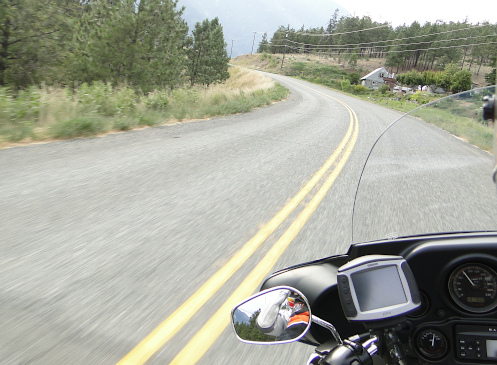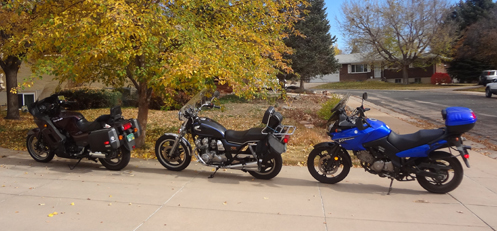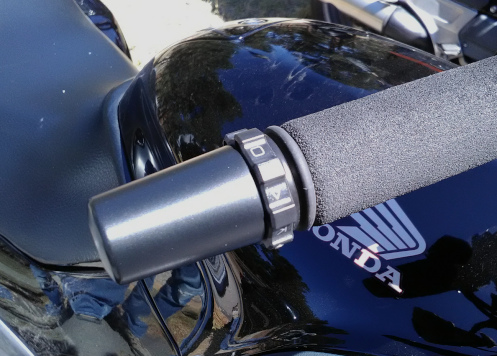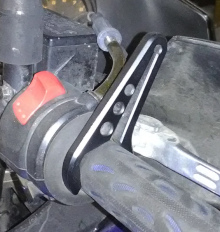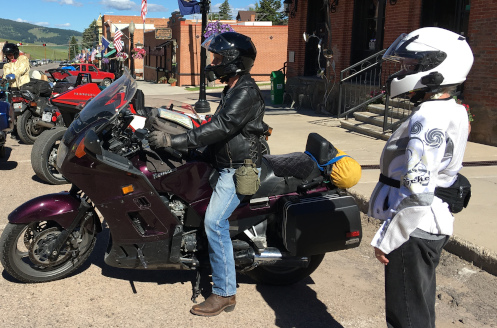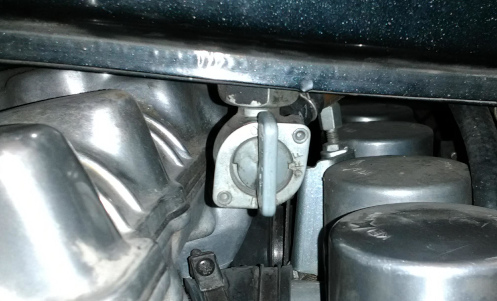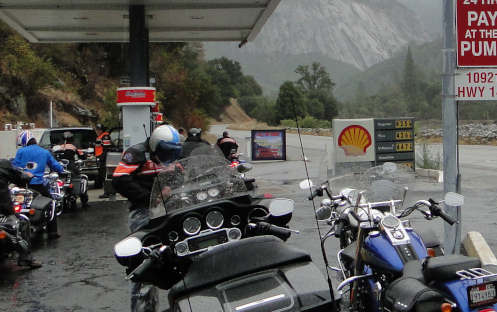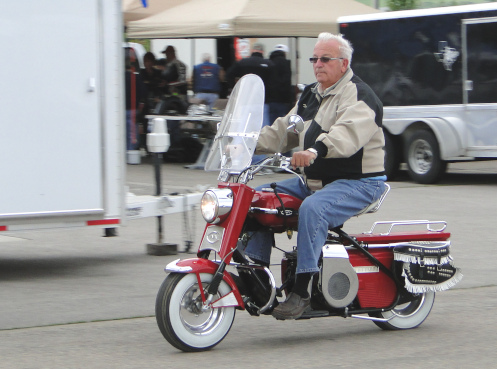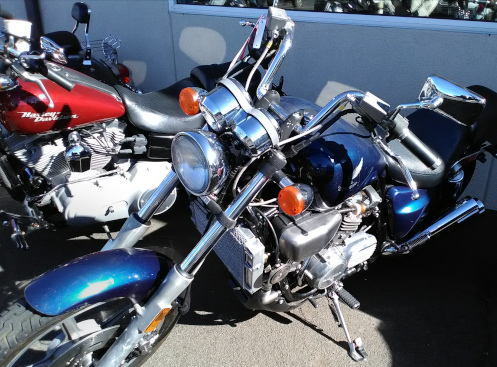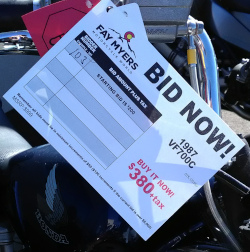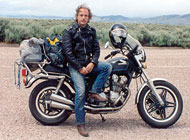Rent To Ride
Monday, November 30th, 2020Judy went straight to the core: “The worst thing about renting a motorcycle is that it’s not your own.”
She was right on the money in two senses. First, unless you rent a bike that is just like the one you ride at home, you’re on an unfamiliar machine. Second, if you damage a rented bike it’s probably going to cost you a lot more money than if you did the same damage to your own.
This was all very much on both our minds a few years ago as we spent two days riding in British Columbia on a rented Harley-Davidson Electra Glide Classic. We chose the Electra Glide because it was the only bike the company had that came with full passenger accommodations and I wanted Judy to have the ultimate in comfort. The consequence of that choice was that we were not only on an unfamiliar machine, but on an extremely heavy unfamiliar machine.
I consider my wife to be the most precious cargo I ever carry and I had never before taken her on a bike I was not already thoroughly familiar with. The idea of climbing on this bike for the first time, her climbing on behind me, and riding off made me a bit nervous. But I took it easy, and was cautious, and all went well at the start.
I quickly started learning about the quirks of the bike, however. I’m accustomed to coming to a stop and putting my feet down at a point where I can plant them for maximum stability. On the Electra Glide, I would put my feet down and think I had solid footing but with the bike still rolling just a bit the passenger floorboards would run up against my calves and push my feet forward. That doesn’t happen on any of my three bikes. The buddy pegs are back further on all of them.
Things like that I could adjust to but I never adjusted to the extreme weight of this bike. It has a low center of gravity so it’s very stable on the highway, but at slow speeds it can tip and if that much weight once gets going sideways there’s nothing I could do to restrain it.
The issue really presented itself in the parking garage at the place we were staying in Whistler. The floor was very smooth, slippery concrete and the turns to get to where we needed to park were numerous and very tight. With either of my bikes I could navigate that route easily, and with a lot more experience on the Electra Glide I could probably do the same, but I didn’t have that experience. After a couple times we made it easier by Judy getting off or on at the entrance to the garage.
The issue of cost was also ever present in my mind. My Honda is old and is only worth maybe $700. If I did damage to it that would cost $2,000 to repair I’d probably just buy another old, used bike for a lot less. My Kawasaki is also getting older but I carry collision insurance on it, with a $250 deductible. And I only paid $3,000 for the Suzuki.
With this rental we had the option of paying $18 a day and having a $2,000 deductible, or $24 a day and having a $1,000 deductible. We went with the lower deductible but that still meant we could be liable for $1,000. Our rental was costing us $350 for two days already and the thought of it costing $1,350 was not comforting.
Of course, I never expected to do any damage to the bike, but that’s why they call them “accidents.” And while we never did have even any close encounters with other vehicles, there was one time when I came perilously close to dropping the bike.
We were on a very scenic stretch of road and turned into a pull-out to have a better look. The pull-out was gravel, and the gravel turned out to be deeper than I anticipated. With that big, heavy machine that I was not all that familiar with, it was an incredibly tense moment.
Within the space of six heartbeats I alternated between believing we were going down, to profound relief that I had recovered it, to certainty that we were going down, to elation that we weren’t, to horror once more, and finally to breathing a huge, huge sigh of relief as the bike finally came to a stop upright. I’m sure the only thing that enabled me to keep that bike up was adrenaline.
Bottom line: We’ll never rent that heavy a bike again. And while it’s great to be able to fly off somewhere far away and then have a bike to ride, it’s not all pleasure. We had a great time but next time we’ll have a much better idea of what to expect.
Biker Quote for Today
I’m not addicted to my motorcycle, we’re just in a committed relationship.
